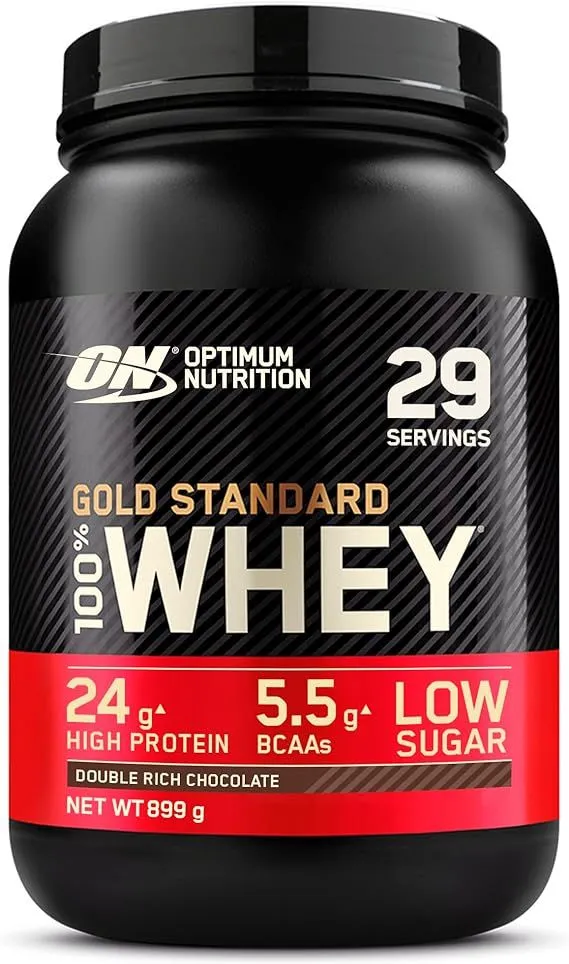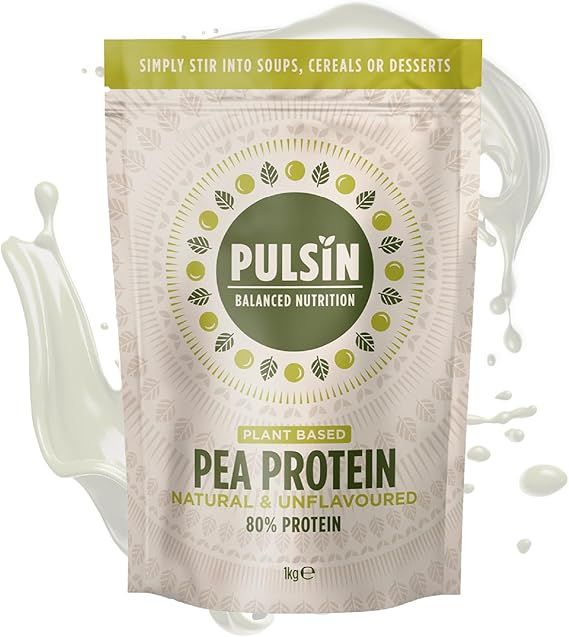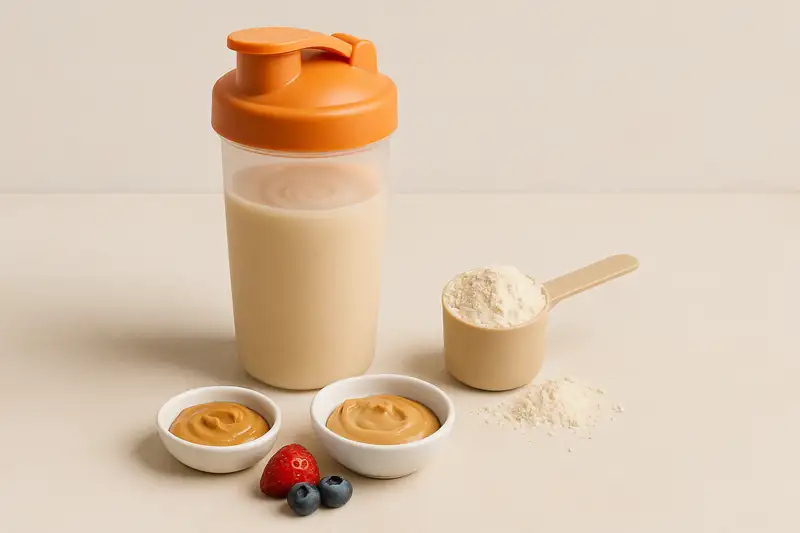Shakes that you actually look forward to
Protein shakes have a reputation for being a necessary chore. That is a shame because powders can become one of the most useful ingredients in your kitchen. When you treat them as an ingredient rather than as a medicine, they fit into breakfasts, snacks and desserts without feeling repetitive. Small changes to flavour and texture turn a quick shake into something you genuinely enjoy, and enjoyment is what keeps habits going when days are busy.
A good starting point is to decide the role a shake plays in your day. If you need a quick breakfast, blend fruit, oats, milk or a milk alternative, and a scoop of powder. If you need an afternoon stop‑gap, stir a scoop into thick yoghurt and add berries and crushed nuts. If you want something after an evening gym session, a simple shake with milk and a banana is often enough.
Flavour that works without fuss
Frozen fruit brings natural sweetness and a better texture than ice. Coffee makes a vanilla powder taste like a latte. Cocoa gives more depth to chocolate flavours. A teaspoon of peanut or almond butter adds richness and slows digestion a little, which some people find more satisfying. Cinnamon and ginger change the character of a shake without adding sugar. These are small changes that take seconds yet keep things interesting across the week.
Using protein beyond the bottle
Porridge accepts protein well once it is off the heat and slightly cooled. Overnight oats are a gift for weekday mornings because they require no attention when the alarm goes off. Protein pancakes are essentially oats, banana, eggs and a scoop of powder, blended and cooked in a few minutes. Muffins and banana bread are less delicate than cakes and therefore tolerate a scoop in the batter without turning dry. If you prefer savoury meals, unflavoured powders stir into soups and stews without changing the recipe.
Shortcuts that help on busy days
If you struggle for time, make freezer smoothie packs with fruit and spinach so that breakfast is as simple as adding powder and liquid and blending for thirty seconds. Portion powder into small tubs or sachets to keep in your bag or desk drawer. Keep a spare shaker at work or in the car. The simplest habit of all is to rinse bottles immediately. It avoids the smell that puts people off shakes for weeks.
Sweets that still feel balanced
Dessert can exist in a plan that values nutrition. Stir a scoop of powder into Greek yoghurt, add fruit and a little honey, and you have a bowl that feels indulgent without being a sugar bomb. Oats, nut butter and protein rolled into small balls keep for days in the fridge and take the place of grabbing a biscuit when energy dips. Blending frozen bananas with a scoop of chocolate protein makes a soft‑serve style treat that scratches the itch for ice cream.
FAQs
Can you cook with protein powder? Yes. You may need to adjust the liquid in a recipe because powders absorb moisture, but the protein itself remains. Start with recipes that are forgiving, such as pancakes and muffins.
Will heating protein ruin it? Heating changes texture. It does not remove the protein. Many home bakers use powders in cooked recipes for this reason.
Which powders work best for cooking? Whey blends are popular in sweet recipes. Unflavoured whey or plant powders are suited to savoury dishes where you do not want to taste the powder at all.
A final note on consistency
Protein does not help if it sits unopened in a cupboard. When you enjoy the ways you use it you are more likely to be consistent, and that is what moves you towards your goal. A small toolkit of flavour ideas, a few make‑ahead habits, and two or three favourite recipes is all you need to turn a useful product into part of your routine.
Featured Protein Powders

Gold Standard Whey

Pea Protein Powder
Premium plant-based protein for vegans and vegetarians.
Ready to Upgrade Your Protein?
Check out our curated protein roundups and comparison guides to find the perfect powder for your goals.
Explore Top 10 Powders Take the Quiz
